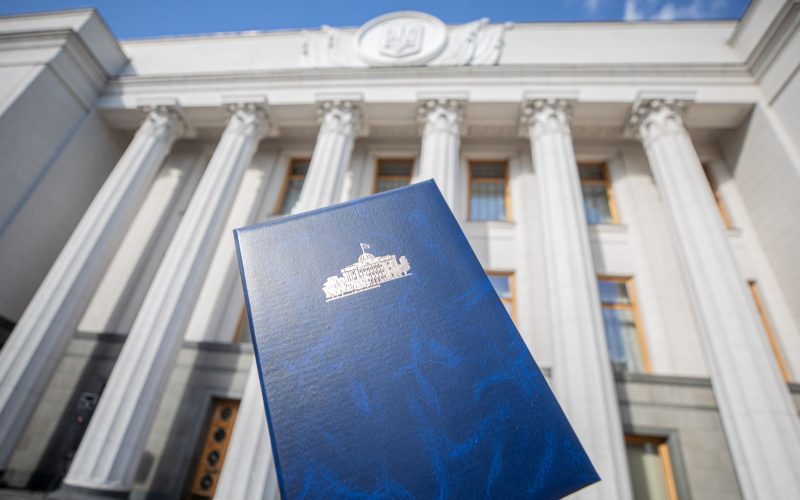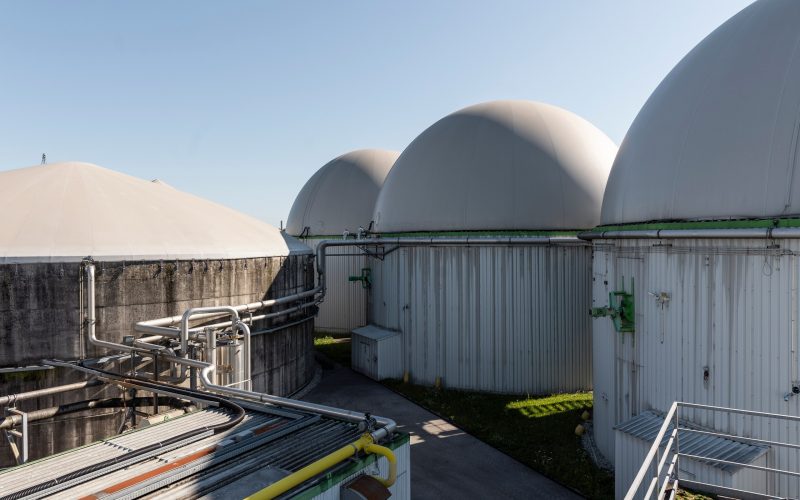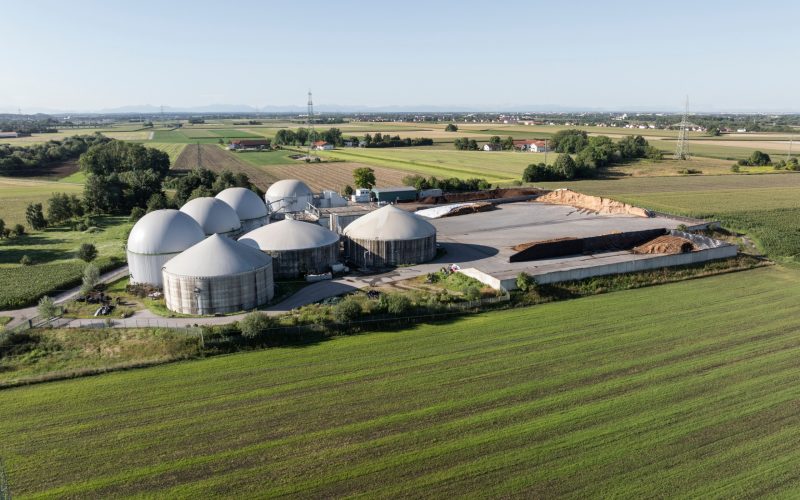From coal to biomass — CHP retrofitting is possible and necessary
Let’s speak about the largest and most efficient CHP in Denmark, which has been using sustainable fuel for over five years.
Avedøre 1 CHP started operating in 1990. It is heating the western part of Copenhagen. This is one of the most efficient CHPs in the world.
The station has two units (unit 1 and unit 2) with a total capacity of 801 MW of electricity and 915 MW of heat. Avedøre CHP (Units 1 and 2) provides biomass DH to approximately 215,000 households and supplies electricity to more than 600,000 households according to annual consumption.
This is a significant contribution to the carbon neutrality of the Danish capital, which is planned to be achieved in 2025.
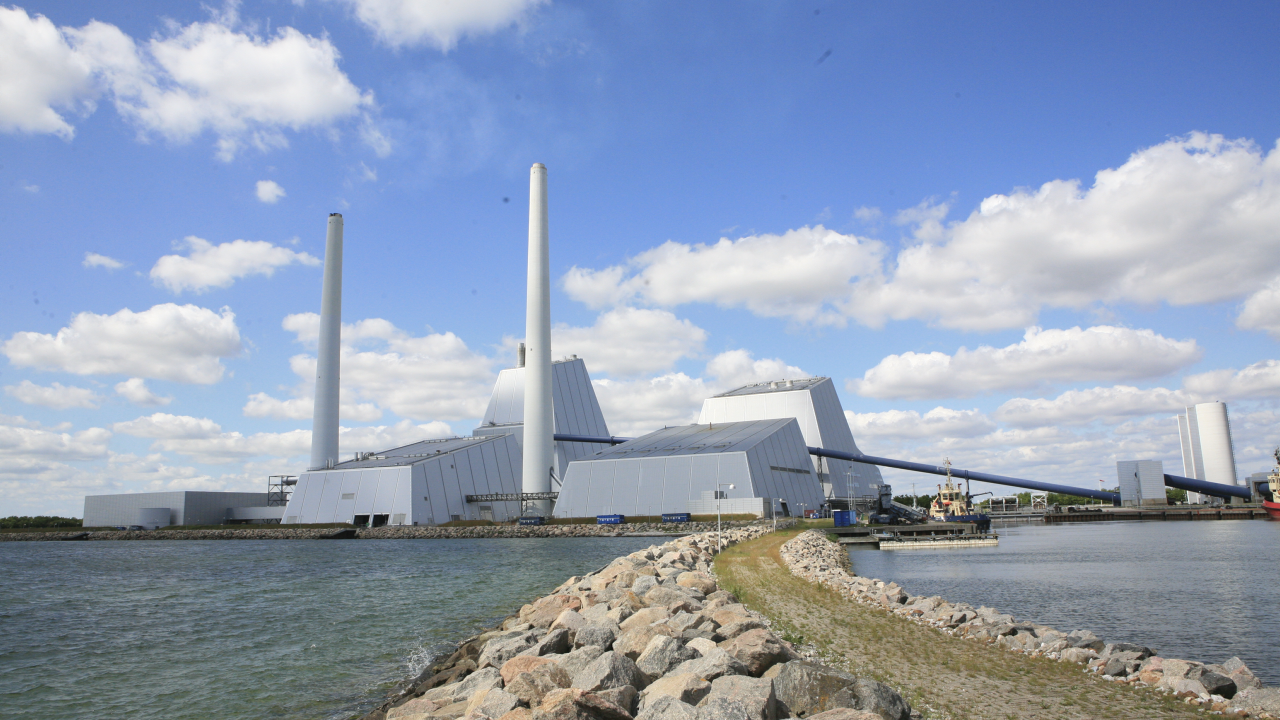
CHP design
Unit 1 was commissioned in 1990 with a capacity of 250 MW and operated on coal and fuel oil.
Unit 2 was built in 2001 as a multi-fuel CHP. Flexible operation on natural gas, fuel oil, or wood pellets can be provided. Unit 2 also connects an additional biomass boiler running on straw (up to 25 tons of straw per hour).
Until 2016, the main fuel used in Unit 1 was coal, but fuel oil could also be used. Using excess heat for district heating (DH), unit 1 has achieved an energy conversion efficiency of up to 91%.
This has made Avedøre 1 one of the world’s most efficient coal-fired power plants. Since 2015, Unit 2 has been operating entirely on biomass (wood pellets and straw), while Unit 1 has gradually become obsolete. Therefore, it was decided to upgrade Unit 1 for biomass combustion with the extension of its service life.
In 2015, it was retrofitted from coal to wood pellets. After the reconstruction, the unit has an electric capacity of 258 MW of electricity and a thermal capacity of 370 MW of heat. The unit works 100% on wood pellets. The plant can burn coal as needed, but wood pellets have become the main fuel.
In March 2015, an agreement was signed between VEKS (a heat supply company in the western part of Copenhagen) and DONG Energy (now Ørsted, owner of Avedøre TPP). The agreement stated that from 2016 to 2033, the Avedøre 1 unit will supply green heat for VEKS customers. The agreement became the basis for investment in the modernization of Unit 1 and the extension of its service life.
Reconstruction of Unit 1, funded by Ørsted and VEKS, began in April 2015 and was completed in December 2016.
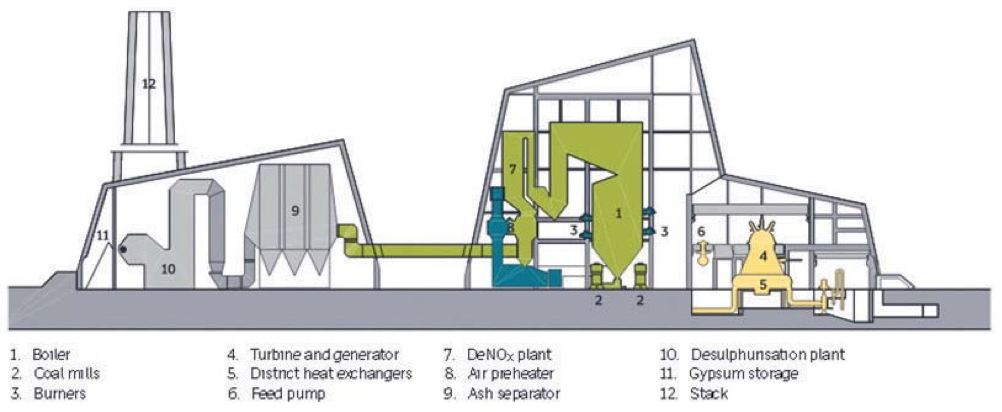
What did the reconstruction include?
The modernization involved upgrading the conveyor belt, while the existing warehouses and cranes continue to be used without modernization. The four-day silos were changed to silos for coal and wood pellets (2 for coal and 2 for wood pellets). Each of the silos can supply wood pellets or coal to two mills. Boilers have also been upgraded to burn pellets. Existing coal mills were adapted for grinding pellets, burners were modified and primary air coolers were installed.
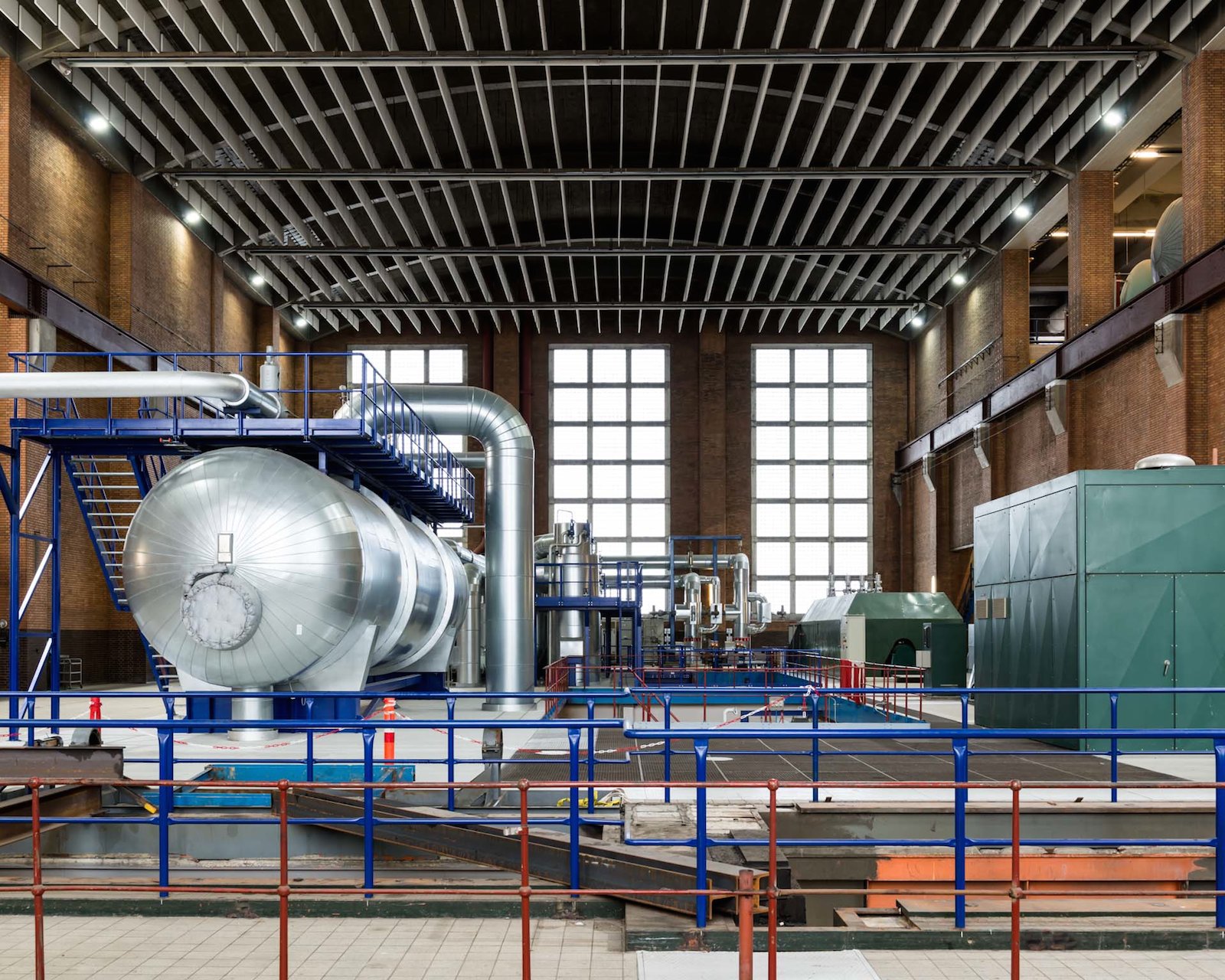
Fuel for CHP
Unit 1 burns about 350 thousand tons of biomass per year. The annual amount of energy produced depends on weather conditions that affect demand and fuel prices. Wood pellets come to the power plant by ships mainly from the Baltic States. Before being fed into the boiler in the form of dust, wood pellets are crushed on rollers. The air cooler ensures that the shredded wood pellets do not engage before being fed into the boiler.
Flue gas cleaning involves the collection of hearth ash, which is then reused as fertilizer and insulation material, as well as the removal of nitrogen oxides (NOx), fly ash (used in the production of cement and concrete), sulfur dioxide (SOx) and heavy metals. By 2023, the company plans to completely stop using coal.
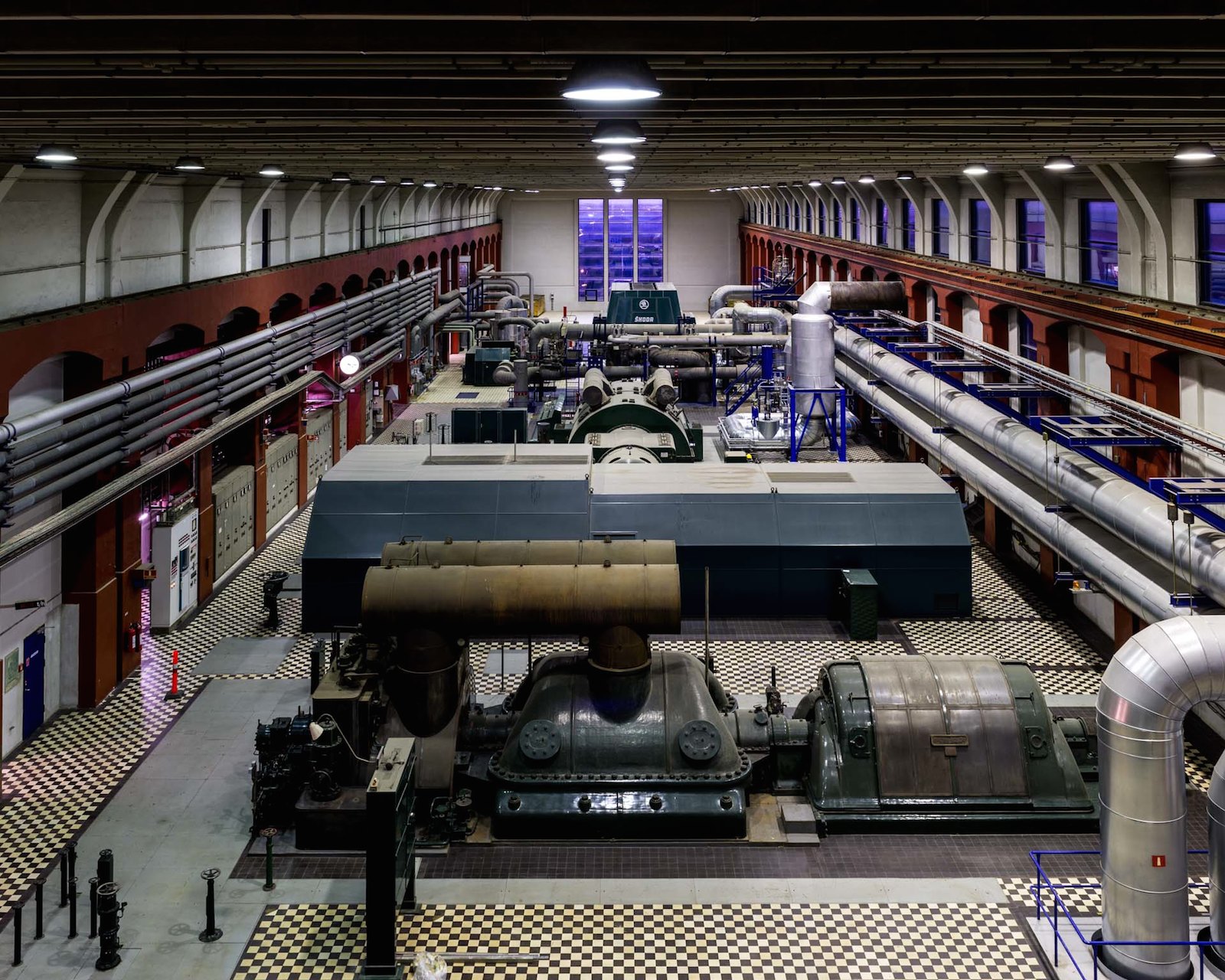
RES in Denmark: indicators and plans
In Denmark as a whole, 30% of all energy is produced from RES, and the country intends to increase this figure to 50% by 2030 and become a country with zero greenhouse gas emissions and independent of fossil fuels by 2050.
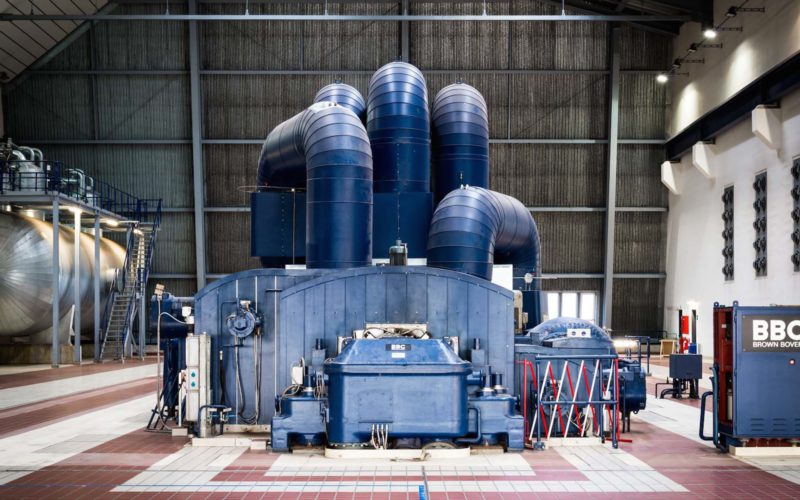
Avedøre 2 CHP also operates in Denmark. We will write about it in the following article. Useful articles about successful projects in the world can be found on our website.
Source: BIOFIT project document Retrofit of Avedøre power station — Unit 1 (Denmark)
